I don’t too much drywall tapeing and finishing – mostly on small remodel jobs. Sometimes I have a problem with the paper joint tape bubbling on the seam. It is not really bubbling – the crease in the tape projects out from the joint.
What causes this – it only happens on the butt joints, never on the corners. Am I putting too much mud on for the first coat or second coat or what?
Any help appreciated.
Bob
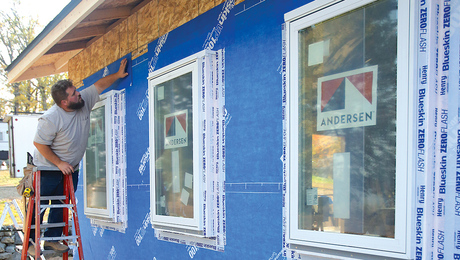

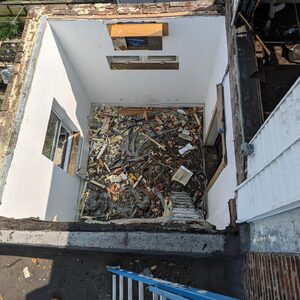
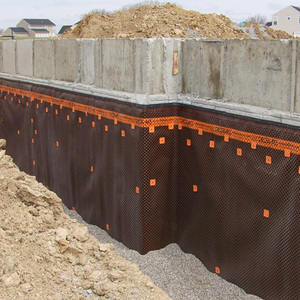
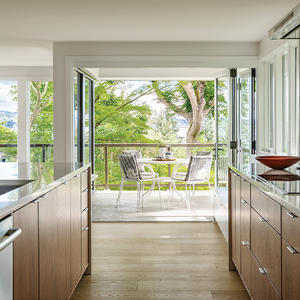
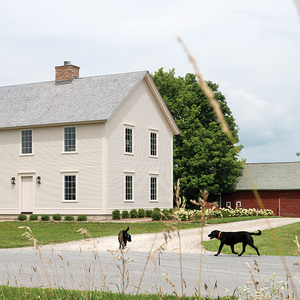













Replies
I don't do a lot of taping either, but I suspect you are not using enough mud when you embed your tape.Consider laying your tape in a thicker bed of mud. Also, consider thinning your mixture a little, or switching to fiberglass tape.
Todd
I've bubbled a few in my day.
Usually there is a void of mud at the bubble.
Setting coupound has more "glue" in it. The tape should be wet on the backside with the mud.
Fix the bubbles by cutting them out and remudding and taping.
On the first application, make sure that you leave a layer of mud over the tape on the butt joints. This layer will form a ridge that you will be floating from in each direction. If you don't cover the tape on the first application, you can still do it on the cover application but it takes more skill....you have to float a layer of mud on each side of the butt. Novices have a hard time with this technique.
remember....all this advice is coming from a boogering framer.
blue
On seams: The drywall maybe damaged at the bubble. You have to clean it out and put compound into it well then apply the tape. Always thin the heavy mud when taping.
On Butts: use the heavy muds for taping not the light muds. Make sure you fill in the space between the butt joints well and use a thin downed heavy mud for the taping. When does this happen..right after you tape or a week or later on?
If it happens immediately after your finished, you did not put mud into the space between the boards. When wiping the mud, make sure the tape holds on to the mud between the boards.
Are you using a Banjo? If you use a setting type instead of readymixed make sure you thin it enough to flow but stiff enogh to stayput. When it is that thin if you put on to much it will knife out when you bed it.
You should leave the butts open 1/8 or so and then when you knife it on to bed the paper the compund will key into the opening and set better. Mike
<<the crease in the tape projects out from the joint>>
First, turn the tape over, so the indented crease is to the outside.
Apply just enough setting type compound to both wet the board and the tape. I think the proper consistency is when you can have a gob on your knife that will sag but not slide off when you turn the knife over. Play with it - someones pancake batter is someone elses peanutbutter.
Bed the tape FIRMLY. On the tapered edge I fill completely and wipe smooth with my 12" knife and then bed the tape with the 6" knife. One firm wipe assures the tape is bedded and still leaves a slight concave surface over the tape. On butts, I wipe at least two or three times, forcing out as much mud as possible without tearing or rumpling the tape. How much glue does it take to hold a stamp to an envelope?
Then I leave it alone. Second turn around the room and the tapers are close to flat (not quite) and the butts are feathered out 10-12" per side with the tape covered. Switch to premix. I hate to sand so I usually have 2 more coats, carefully wiped and feathered. Then I hook up the vacuum and take out the inevitable booger marks and do the touch up. Sometimes only use a damp sponge.
FWIW, I use only a 12" and a 6" knife, working from the 12" instead of a hawk or pan.
when thinning the mud we always add a little dishwashing soap... do the same thing when we tuck point with mortar... lube is always good
p
Pony, how much soap do you add?
blueIf you want to read a fancy personal signature... go read someone else's post.
how much soap... maybe an once to a box of mud... that with about a cup of water when ur tape'n seems to work... the soap really seems to help... on the finish mud same soap..less water
p
Thanks Pony...I'll remember that.
blue FRAMING ADVICE ALERT!!!! DON'T TAKE ANY FRAMING ADVICE FROM ME. I DON'T KNOW ANYTHING ABOUT IT. IF YOU WANT GOOD FRAMING ADVICE, JUST ASK GABE. DON'T ASK ANYONE ELSE....JUST ASK GABE! REMEMBER, I DON'T KNOW ANYTHING ABOUT FRAMING...I JUST BS ABOUT IT.
END OF ALERT!
Pony/ not to pry but what kind of soap do you like if you have a choice and you haven't noticed any paint complications, right?
Fonzie thats a good question. I've used the soap before but didn't know how much orwhich brand.
I think one guy dumped half a bottle in a bucket....it smelled like a lotta soap was in there!
blue FRAMING ADVICE ALERT!!!! DON'T TAKE ANY FRAMING ADVICE FROM ME. I DON'T KNOW ANYTHING ABOUT IT. IF YOU WANT GOOD FRAMING ADVICE, JUST ASK GABE. DON'T ASK ANYONE ELSE....JUST ASK GABE! REMEMBER, I DON'T KNOW ANYTHING ABOUT FRAMING...I JUST BS ABOUT IT.
END OF ALERT!
Use a scented one ..
The lady of the house loves it...
Life is not a journey to the grave with the intention of arriving safely in a pretty and well preserved body, but rather to skid in broadside, thoroughly used up, totally worn out, and loudly proclaiming
WOW!!! What a Ride!
no real brand... whatever is cheap... i try not to get the real cheap stuff cause i think it's just watered down good stuff... and doesn't seem to matter blue or yellow (as most of em are... ) never had a paint problem... like i said i use it in mortar also when we tuck point brick... just seems to make you look like you do alot more drywall than you do as far as feather'n out ect.. one of my best friends is one of the best dw finishers i know (retired now) but he can finish to the point of maybe use'n 1 sheet of sandpaper for a whole house.... he's the first one i saw use'n the soap...
p
bob , A common mistake that guys (or gals) make is that after applying the tape over coat of mud they squeegee to much of the mudd out from behind the tape, even know yours is not bubbling , its probly the same problem!
Bob, after drywalling for ten years in a previous incarnation, now I do even less than you do. But it does happen on occasion. I never get bubbling. Here's why.
I precut the tapes and leave them lying on the floor below their fate. Then I spread thinned mud on the various joints that I want to do in their proper sequence - butts, bevels, corners. Before sticking the tape on, I immerse it in a bucket of warm water. Don't let it drown, grab an end right away and run the length between two fingers to remove excess water. And that's the ticket. Damp tape absorbs the mud and never a bubble.
Of course, this is impractical for large jobs but I will happily do it like this for a bathroom and bedroom. Death to tape bubbles!
Yeah, I'm just a self-trained amateur, but I find wetting the tape really helps. Thinning the mud a tish is also good, but I've never tried the soap thing -- will have to give that a go next time.
One other thing I've found that I think is the #1 thing for other amateurs to learn is to never try to do it all in two coats. Folks tend to think that if they really glop on the mud they can get things done faster, but that leads to a lot of sanding, often four or five coats to get things reasonably smooth, and a less than satisfactory final finish.
Better to put on the minimum amount of mud possible in each coat, aiming to finish in four or five coats. Often this will let you finish in three. (Of course, you have to have enough mud for bedding, but don't try to bed and finish in the same coat.)
Of course, a good pro can probably get a decent (though maybe not ideal) finish in two coats, but that takes a lot of practice.